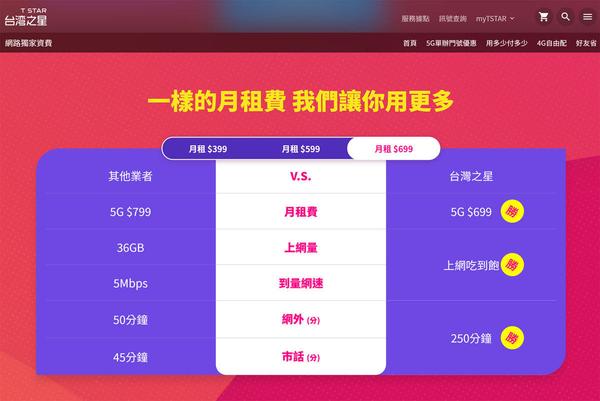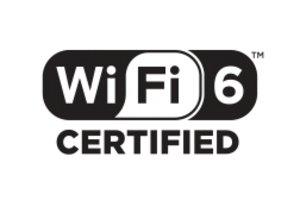Japanese carriers, which have been criticized for their pricing, have become more active since DoCoMo announced the new plan "ahamo". ahamo is 2,980 yen (excluding tax) and features 20GB of data (unlimited at 1Mpbs thereafter), free calls within 5 minutes and clear charges. In addition, SoftBank plans to offer a plan that allows unlimited use of LINE from "SoftBank on LINE" with almost the same content, and there are a series of price reductions at the end of 2020.
On the other hand, KDDI's new price plan released on December 9th has been blazing on the Internet for announcing multiple discounted prices as if anyone could use them. Docomo and Softbank have clear and easy-to-understand charges, while KDDI tried to compete with apparent cheapness. Perhaps in the future, KDDI will be forced to provide some kind of counter plan again.
In this way, there was a series of price-cutting competitions in Japan as well, partly because the Kan administration set up a price cut for mobile phones, but it is also because Rakuten Mobile has entered the market and the competition has intensified. There will be On the other hand, competition among carriers has already intensified overseas, and especially in Asian countries, the cost reduction has reached its limit. In particular, emerging carriers that entered the market later are coming up with countermeasures against major carriers in various ways. Of course, what appeals to consumers is the easy-to-understand fee structure.
In particular, Taiwan has a large number of carriers, and the competition has been intensifying for more than 10 years. In the past, PHS services were also provided in Taiwan, but PHS carriers were struggling to secure subscribers by repeating free campaigns over and over again. The easy-to-understand “free” has a great impact on consumers. And there are still carriers that claim to be free.
TSTAR (Taiwan Star Telecom), an emerging carrier in Taiwan, offers a completely free plan for the basic charge of 4G service. If you do not use it even if you have a contract, there is no charge. If you use it, calls cost 1 Taiwan dollar (about 4 yen) per minute, and SMS costs 1 Taiwan dollar per message. Pay only for what you use, very clear. It's a postpaid plan that requires a 12-month contract instead of a prepaid plan, but if you don't want to use it, many consumers will want to try it out.
Data charges are also simple and easy to understand, with 30 Taiwan dollars (about 110 yen) or 40 Taiwan dollars (about 150 yen) per GB depending on the plan. However, with this pay-as-you-go rate, the billing will be sky-high, so the upper limit is determined for each plan.

The cheapest "4G 21Mbps" plan has a data charge limit of 88 Taiwan dollars, about 300 yen. When the communication speed reaches 21 Mbps and 88 Taiwan dollars (about 3 GB), the data speed will be 128 Gbps instead of being charged after that. It's a plan like a Japanese MVNO, but the point is that the basic charge is free.
On the other hand, the highest plan has a high communication speed of 500 Mbps, and the upper limit of the charge is 699 Taiwan dollars (about 2,600 yen). Unlimited data usage. With this plan, you can use your smartphone with peace of mind.
Actually, TSTAR offers not only a free basic charge, but also a plan that requires a fixed basic charge every month. We also offer a plan with a basic charge of NT$699, which also offers unlimited data. In other words, there are similar plans at the same price, such as "No basic charge, but the maximum charge is NT$699 no matter how much data you use" and "Unlimited data usage with a basic charge of NT$699".
However, there is a difference in the call charges between the two. No basic charge, maximum TWD 699 plan, call charge is TWD 1 per minute. As for the $699 basic plan, it comes with 250 minutes of free calls (equivalent to $250).
In this way, TSTAR does not offer a new low-cost plan like a Japanese carrier, but with the same payment limit, "free if you don't use it" and "250 minutes call for people who use it every day." You can do it." I'm giving you two options. You can choose the charge according to your usage, and if you only look at the data charge, you will not feel unfair regardless of which one you subscribe to.
TSTAR's basic fee plan is also cheaper than other Taiwanese carriers. Compared to the three major companies (Taiwan Mobile, Far Eastone, and Chunghwa Telecom), they are struggling to increase subscribers because they are a latecomer group, and their main selling point is the low price. And the low rates are not complicated with discounts like KDDI, but simple and easy to understand like Docomo and Softbank's new rates. Not only TSTAR, but also other Taiwanese carriers and Asian carriers have similar transparent rates, and it may be said that Japan's smartphone rates are one step closer to the "international standard" that emphasizes consumers.
In addition, Taiwan is cheaper than Japan, so it doesn't make much sense to compare the price of TSTAR itself with the price of Japan.
In Taiwan, 5G service started in July 2020, and the total number of 5G subscribers of 5 carriers reached 1 million in December. The breakdown is 300,000 for each of the three major companies, and 100,000 for the emerging TSTAR and Asia Pacific Telecom. Even in 5G, emerging carriers are lagging behind the big players. When consumers choose 5G, they will most likely focus on coverage where 5G can be used. But of course the price is also important.
Is it really cheap compared to other carriers and how much do I pay? Without clarity, consumers cannot choose their careers fairly. Smartphones have now become a necessity in our lives as social infrastructure. It's natural for mobile carriers to pursue profits, but they shouldn't be allowed to offer prices that confuse consumers. Instead of asking, "How can I make it look cheaper?", ask, "What do consumers want now?" I really want you to think about that in your career.


